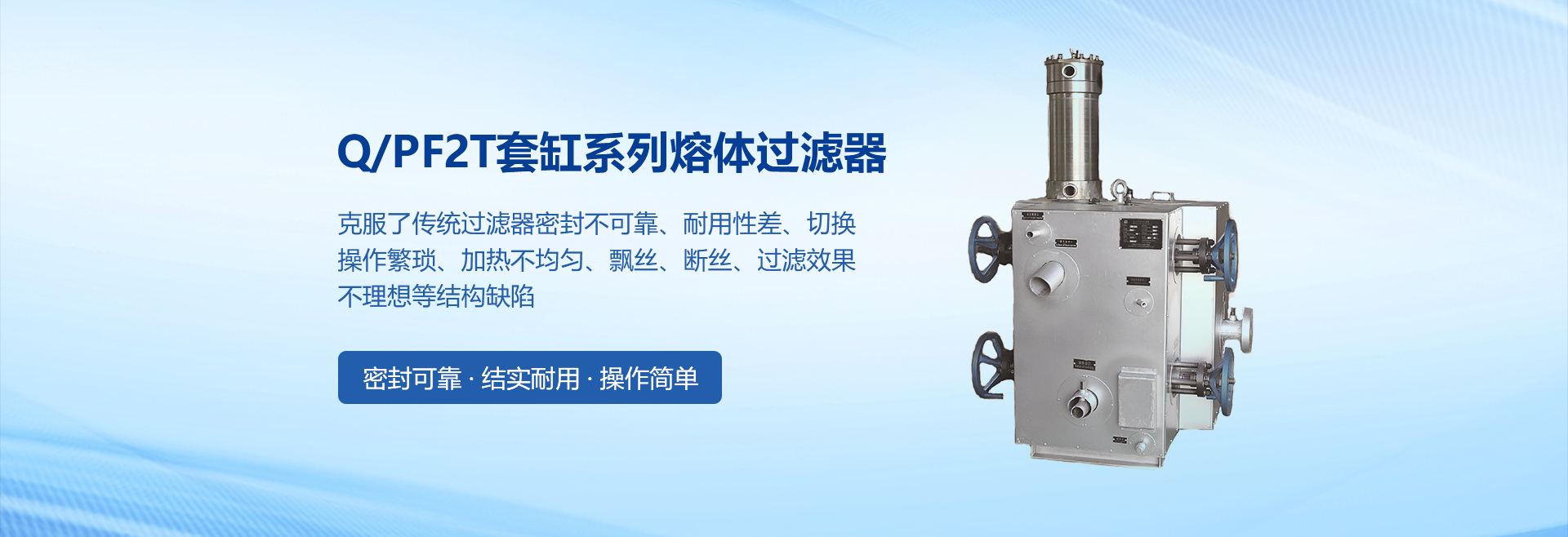Definition of melt jacket valve
The melt jacketed valve is a key equipment specially used in the conveying system of high temperature, high viscosity media such as molten plastic, rubber, asphalt, etc. It is usually composed of the valve body, valve core, seals and jacket, jacket part is used to enter the heating medium (such as steam, thermal oil, etc.) to maintain the temperature of the medium inside the valve, to prevent the medium from solidification or viscosity increase due to cooling, so as to ensure the normal switching of the valve and the smooth flow of the medium.
Second, the structure of melt jacket valve
Valve body: The valve body is the main part of the valve, usually made of high temperature and corrosion resistant materials (such as stainless steel, alloy steel, etc.). The design of the valve body needs to consider the flow characteristics and temperature requirements of the medium to ensure the stable operation of the valve in high temperature and high pressure environments.
Spool: The spool is a key component that controls the flow of the medium and is usually made of a material that is resistant to wear and high temperature. The design of the spool needs to ensure that it can move flexibly in high temperature and high viscosity media to achieve the valve switching function.
Seals: Seals are used to prevent medium leakage, usually made of high temperature and corrosion resistant elastic materials (such as fluororubber, PTFE, etc.). The design of the seal needs to consider the temperature, pressure and chemical properties of the medium to ensure that it maintains good sealing performance in long-term use.
Jacket: The jacket is the core component of the melt jacket valve, usually made of high-temperature and corrosion-resistant materials. The design of the jacket needs to consider the flow characteristics and temperature requirements of the heating medium to ensure that the medium inside the valve can maintain a stable temperature.
Third, the working principle of melt jacket valve
The working principle of melt jacket valve is mainly based on the temperature control of the heating medium in the jacket to the internal medium of the valve. When the medium passes through the valve, the heating medium (such as steam, heat conduction oil, etc.) in the jacket transfers heat to the medium inside the valve through heat conduction, so that it is kept within a certain temperature range to prevent the medium from solidifying or increasing viscosity due to cooling.
When the valve is closed, the seal between the spool and the seat is in close contact to prevent media leakage. When the valve is opened, the spool moves up or down to open the medium flow channel so that the medium can pass smoothly through the valve. Because the heating medium in the jacket continues to heat the internal medium of the valve, the medium inside the valve can maintain a flowing state even in a low temperature environment to ensure the normal opening and closing of the valve and the smooth flow of the medium.








